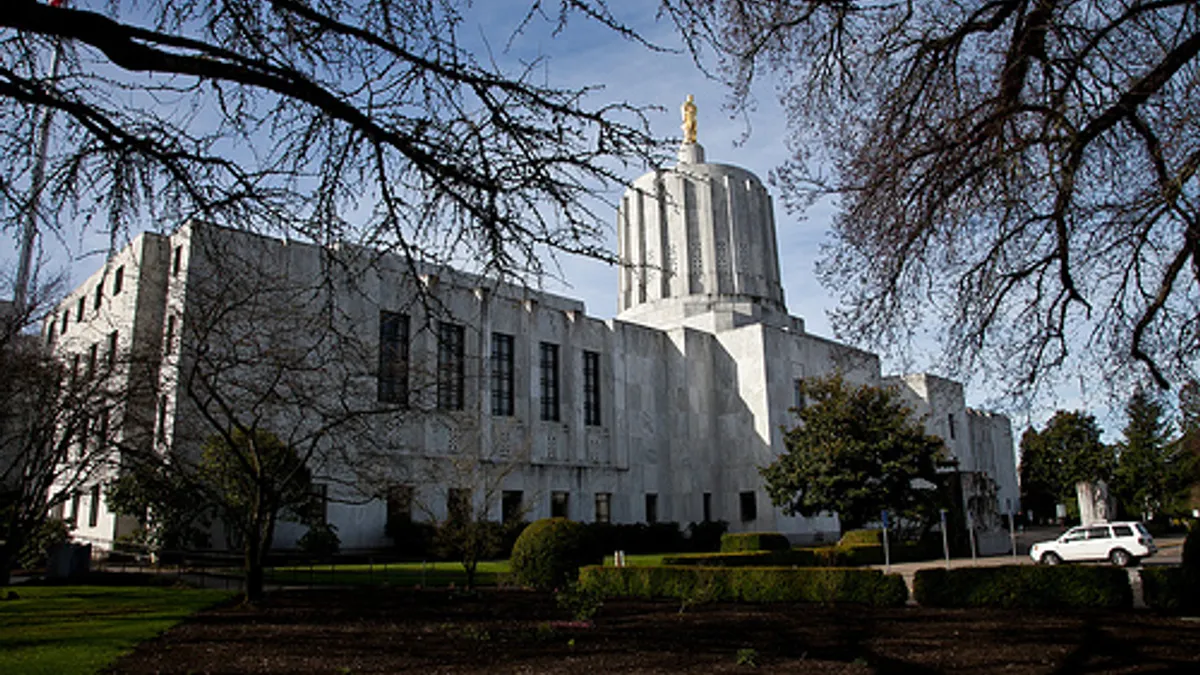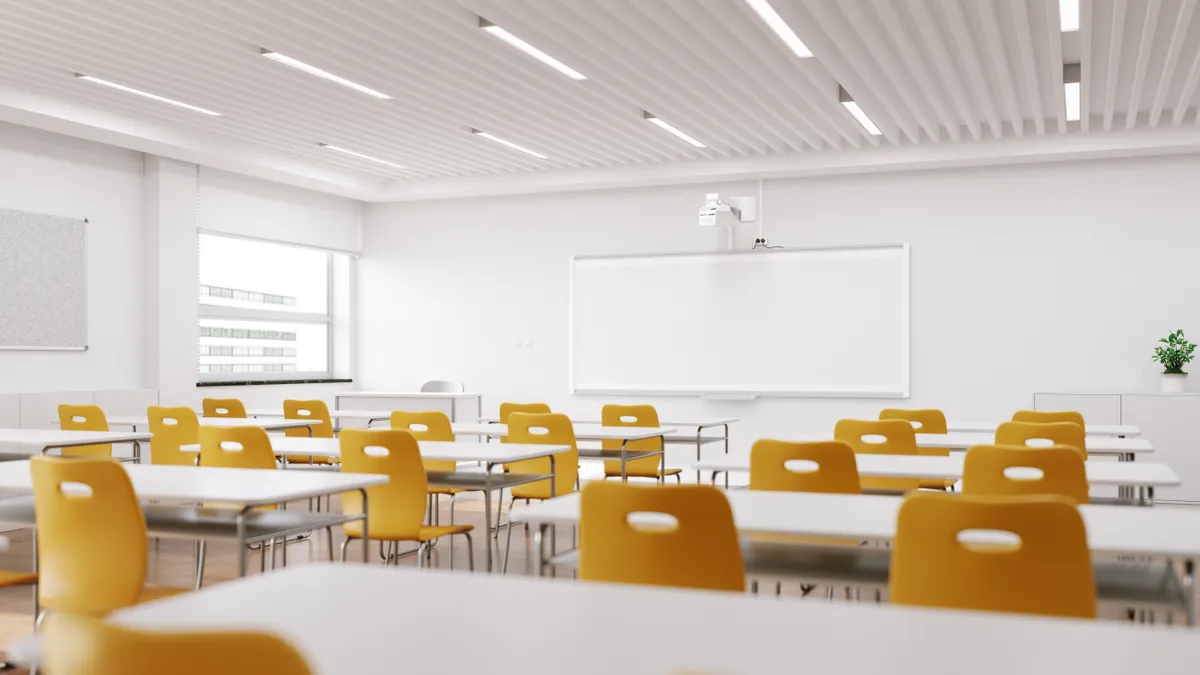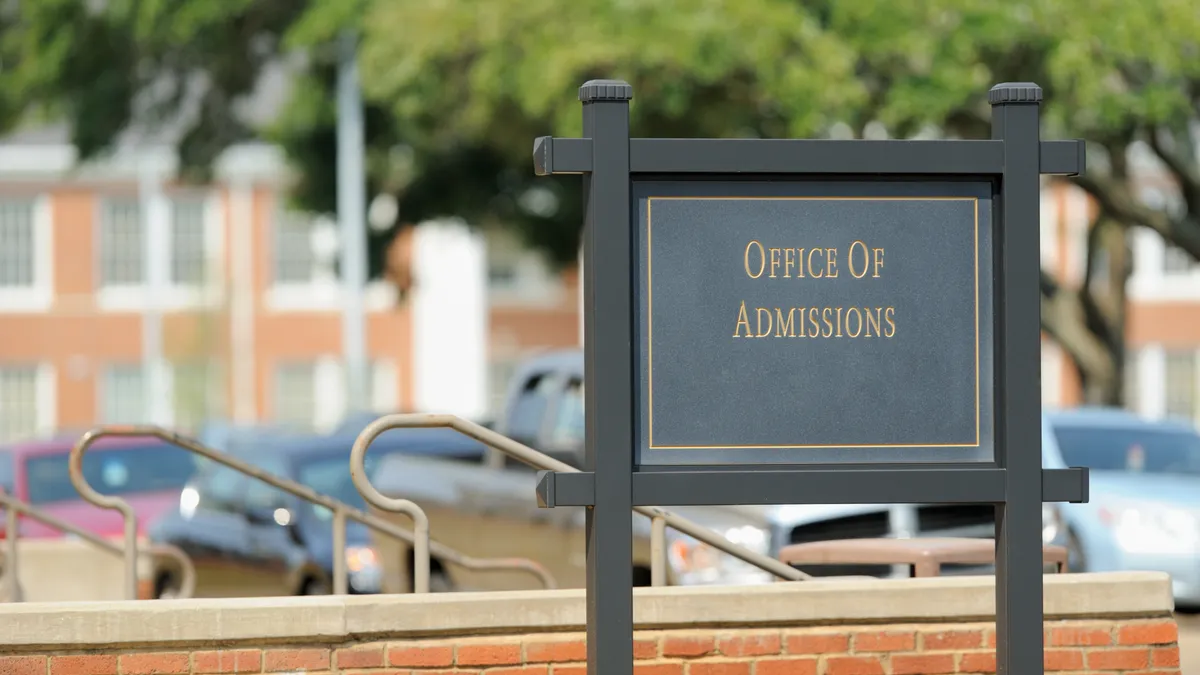The Obama administration put an unprecedented emphasis on college access and higher education as a universal right. But not everyone agrees with the idea that all students should go to college — or even that they’d want to.
“There’s been a steadfast focus on the four-year degree as being the prize and the shiny thing that everyone wants to have, when it’s not necessarily the path that everyone [wants] to take,” said Lynne Gilli, assistant state superintendent for Career and College Readiness at the Maryland Department of Education, during a recent event to discuss ways to prepare the workforce hosted in Washington, D.C., by DECA, Inc.
President Donald Trump, perhaps motivated as much by a desire to undo all of the initiatives advanced by his predecessor as by a need to address the concerns of an uneducated and angry electorate looking for jobs as mining and other struggling industries, has shifted the national conversation toward apprenticeships and career and technical education.
And according to Gilli, that’s exactly what the economy needs. In fact, she said, “we need career development to start much earlier, in fact in elementary school.”
Chad Maclin, a CTE state director in D.C.'s Office of the State Superintendent of Education, said he believes college “is along the career pathway for a student,” but K-12 education is the beginning point for that pathway.
At every level of education, he said, educators need to be thinking more intentionally about “how do we provide experiences with students where they can guide their own learning and they can create their own problems and they can solve those problems,” he said. “What kind of skills do we need to have — resiliency skills is something that’s very hard to write into a curriculum, they come through experiences.”
Despite a push for postsecondary information to primarily serve to equip students with tangible skills to apply to specific jobs, there is still a need for the intangible “soft skills” attained from a liberal arts or cross-disciplinary education. The problem is fewer students arrive for work ready to “hit the ground running,” and more lack soft skills, like resilience and critical thinking ability, that have traditionally been attributed to the enterprise.
And they’re being robbed of “those things that we’re not teaching at the collegiate level unless they’re in the career office, but [they] should really be woven into the curriculum,” said Christopher Salute, assistant dean at LIU Global, the online education arm for Long Island University in New York.
“Some employers have come to rely on the baccalaureate degree as a proxy for preparedness — they’re looking for the attitudes, aptitudes and behaviors that they think comes with the baccalaureate degree, and that isn’t always the case,” Gilli said.
But Salute said the “cognitive dissonance” between what students want to do and what they’re able to do is more a fault of the previous generations, which have not adequately prepared them and have over-coddled them.
“They haven’t been challenged, they haven’t been in situations where they’ve been forced to fail, this social media world that we’ve come to live in amplifies what we’re actually able to do,” said Salute.
Fixing ‘the adults’ to solve the issues
Students are not the issue, said Kate Blosveren Kreamer, deputy executive director of Advance CTE, which represents state CTE officers.
“I don't think it’s the mindsets of the students that we need to be worrying about; I think it’s the mindsets of the adults,” she said. Career exploration and exposure can’t be “for some kids,” as it has traditionally been — “it needs to be for all kids. Every student should be focusing on what is the career of their choice and how can we get them there.”
Parents are the first group who need help “tackling the perception issue,” said Blosveren Kreamer. Teachers and policymakers also need to reconcile the idea that career and technical education is a good option. Students involved in CTE are overwhelmingly more satisfied with the quality of their education, but few students know how to access it, she said.
“This notion of doing good, of having something that isn’t just about having a job, it’s about having a career … is hugely important” to students, Blosveren Kreamer said.
"There’s a lot of research that says …. the four-year degree is your best bet, but it’s your best bet if you’re going into it for a reason, not just falling into it because it’s the default option after high school,” she said.
P.K. Agarwal, regional dean and CEO of Northeastern University–Silicon Valley, said in a phone interview with Education Dive that the thing he’s most focused on is “the very tight alignment between industry [developments] and the kind of graduates that we produce.”
“You don’t want to jump every time something happens, but now it’s happening that the rate of change and the rate of disruption is so high that I’m trying to partner with [industry leaders] to cut down that lag time [between changes in industry needs and changes to programs on campus] to something that is more … reasonable,” he said.
The challenge, he said, using STEM as a specific example because of the importance to the regional economy surrounding campus, “is how do we create a more robust and sustainable pipeline,” ensure there’s diversity in the pipeline while addressing the immediate workforce needs. “There are a lot of well-meaning efforts that are going on … to really focus on making STEM and math and computer science more sexy, [and] these efforts are going to have a payoff in 10 to 15 years,” but “the shortage is right now.”
Agarwal said there will be a shortage of one million STEM workers in the next five years. So the challenge, he said, is taking people with bachelor’s degrees and re-skilling them to fill those gaps. At Northeastern, the approach is to not just equip students with additional credentials, but to provide six months of paid workforce experience through a co-op program to help ensure graduates are ready to hit the ground running once they’re hired.
He identified three key things students should leave college having. “You need high-quality experiential learning, that’s one leg of the stool. The second part is that you need a network, … and third is that we also are very passionate about the fact that soft skills are very critical,” Agarwal said.
The digital transformation in higher education is also redefining the way institutions deliver services to students. Agarwal said he is committed to making sure students who choose the convenience of online programs receive the same experiential learning opportunities and the same chance to collaborate with industry to solve problems as students who attend face-to-face.
“Innovation starts somewhere, but really any place with these major structural changes, this industrial revolution, for lack of a better word, in higher education, it’s going to permeate through everything,” he said.






 Dive Awards
Dive Awards














